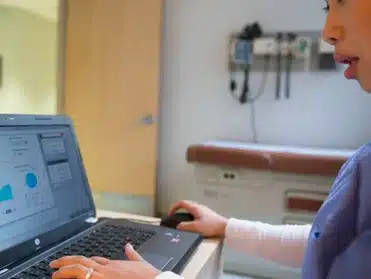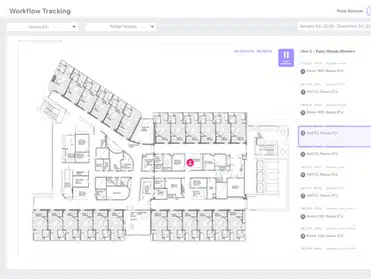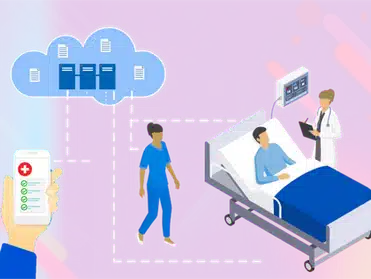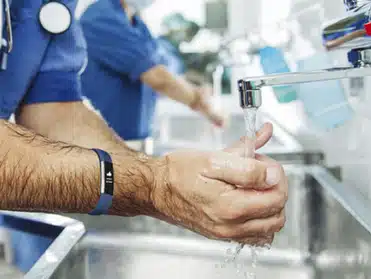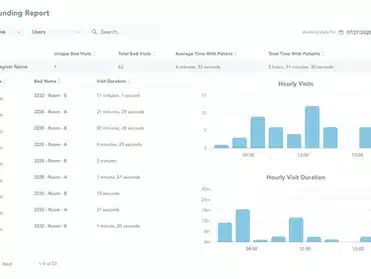Face Time vs. Screen Time: Has Tech Gone Too Far for Clinicians?
My wife was hospitalized recently and, while spending time with her, I couldn’t help but notice how much time the nurses and doctors spent looking at their computer screens. I know hospital leaders are looking for ways to reduce the time clinicians spend on technology-related tasks, but seeing nurses absorbed in computer work when I […]
Face Time vs. Screen Time: Has Tech Gone Too Far for Clinicians? Read More »

